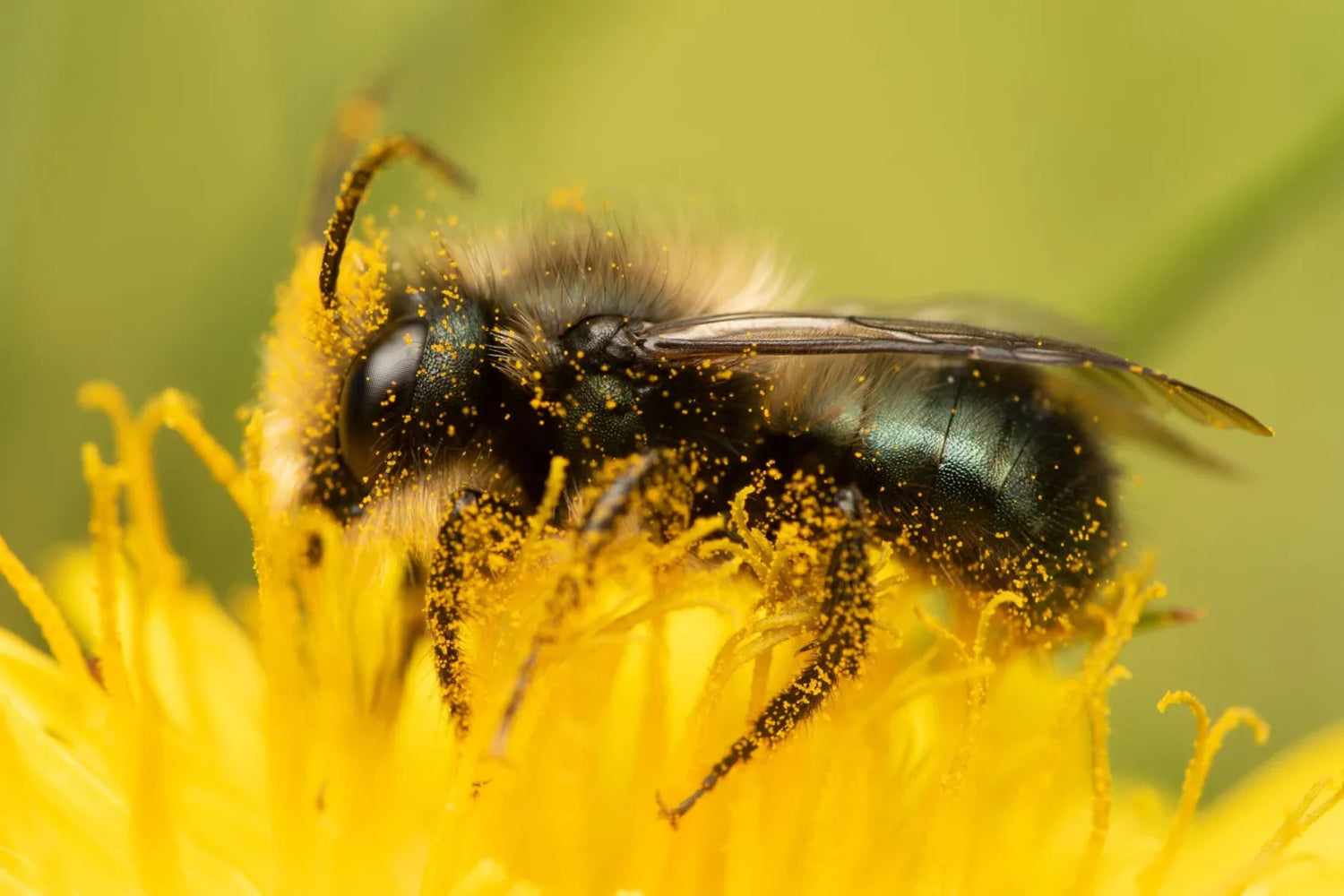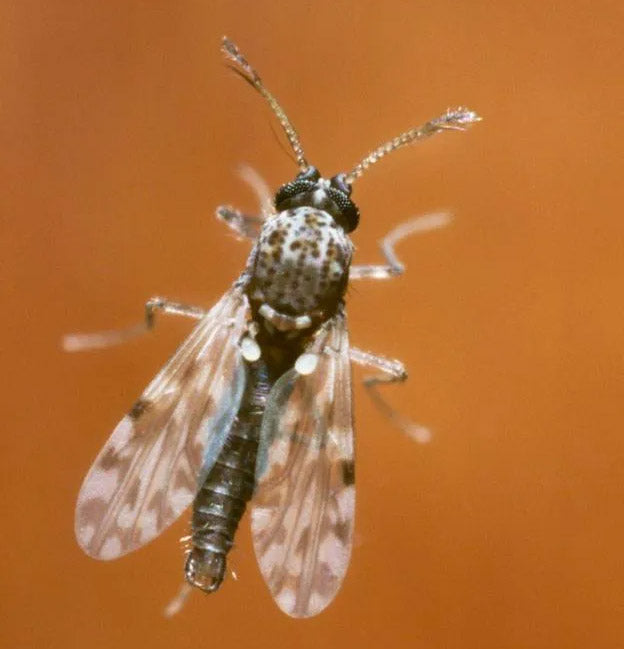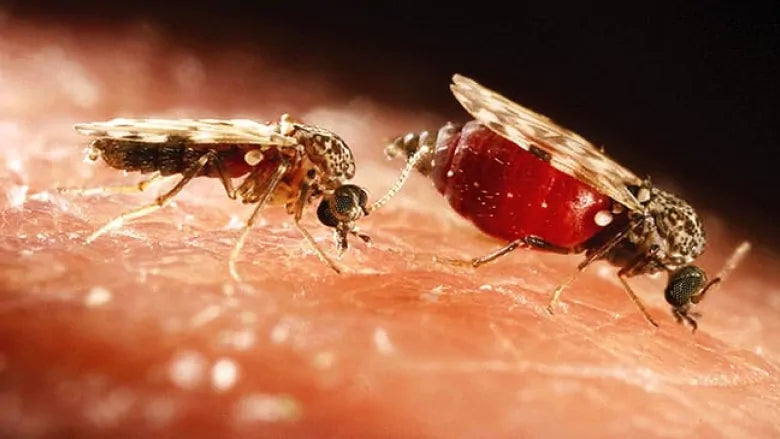Host the Bees and Help Them Thrive
It likely comes as no great surprise to anyone these days that our bee populations have been decreasing at an alarming rate over the last few decades. In fact, between April 1, 2018, and April 1, 2019, 40.7% of the managed honeybee population – colonies kept by commercial beekeepers – declined.
Given the vital importance of these tiny pollinators to maintaining diverse ecosystems – not just of native flora, but also the food sources humans depend on directly for survival – the figure above is worrisome, to say the least. Yet, thanks to the hard work of activists and weekend warriors around the world, popular media channels have begun to raise awareness of this important topic. But what about you at home? You may be wondering what you can do to help. The answer is simpler than you might’ve realized…
Bee Hotels for Solitary Bees
While assembling the materials, labor and know-how required to create your own bee colony isn’t a realistic option for everyone, there are ways that you can directly affect the health and safety of bee populations from your own backyard! Specifically, we’re talking about bee lodges, also called bee hotels.

National Geographic defines a bee lodge as “places for solitary bees to make their nests.” The emphasis on solitary bees here is particularly important. Solitary bees differ from social bees in many of the ways you might expect: instead of constructing elaborate hives to house entire colonies, solitary bees usually congregate in very limited numbers. Unlike social bee colonies, with solitary bees, every female is the sole queen of her own nest.
While honeybees often take the lion’s share of media coverage, they are not the only prolific pollinators out there. Mason bees, a type of solitary bee, are even better pollinators than honeybees for several reasons. First, mason bees carry the pollen on their dry underbellies. This allows the pollen to drop off as the bees fly back and forth to various plants and their nest. Honeybees, on the other hand, wet down the pollen on their bodies as they carry it back to the hive. This makes it harder to fall off. Also, mason bees are known to fly to a variety of locations, resulting in good cross-pollination among plants. Honeybees tend to stick to one area only.

Unlike their often destructive cousins, the carpenter bee, mason bees do not drill holes to make their nests. Rather, they must rely on beetles or other insects to do the excavations…unless they happen to chance upon a comfy, cozy bee lodge like the one we designed here at Best Bee Brothers, the Slanted Roof Mason Bee Home.
How Do I Attract Bees to My Bee Hotel and Where Should I Place It?
After you’ve purchased your new bee lodge, there are a few key details to keep in mind to make sure that the structure is as conducive to mason bee activity as possible. First thing’s first: placement.
When positioning your bee hotel, you’ll want to make sure that it’s placed against a relatively flat, sturdy surface that’s protected from the wind. This can be against the siding of an outdoor shed, your home or even a more mature tree. Furthermore, it’s important that the bee hotel be positioned in such a way that it receives the most sunlight possible in a day (bees like it warm inside their house). Finally, you’ll want to also make sure that the bee hotel remains several feet off the ground (we recommend 4-6 feet). This will help deter any curious scavengers from taking too close a look, as well as protect the lodge from unforeseen flooding.
Just as important as where is the “when” factor. Mason bees are spring pollinators that typically become active once the weather reaches a consistent temperature of 55 degrees Fahrenheit or higher. That means setting up your bee hotel at the end of winter, right as the weather begins to turn, will give you the best chance of enticing your new outdoor lodgers.

Lastly, to really put the odds in your favor, consider adding a few additional flowering plants to your garden this spring. Red poppies, baby's breath and cornflowers have been known to attract various types of pollinators including mason bees. By ensuring that their food source isn’t too far away from the bee hotel (300 feet or less being the ideal distance), you can provide mason bees with a starting point to help stem the tide for our declining pollinators.
Best Bee Brothers’ Commitment to Sustainability
Since the founding of our company, Best Bee Brothers has worked hard to find a balance with nature, creating natural products that are both safe and effective. Our values have not wavered, but we’ve come to realize that we can employ even more sustainable practices. As part of our commitment to our environment – and more specifically to preserving the bee population – we want to promote biodiversity with a call to action in our own backyards: BEE a Backyard Hero! To get you started, as of March 2022, we are offering a FREE packet of The Bee’s Knees Seeds with every order, while supplies last. Scatter your seeds, watch them flourish, and BEE your own Backyard Hero! When these seeds are no longer available, we encourage you to grow native plants that bees and other powerful pollinators will love. Find a local native plant society in your area to discover which flowers grow best in your area.
- Julia Jacobo, “Nearly 40% Decline in Honey Bee Population Last Winter ‘Unsustainable,’ Experts Say,” ABC News, accessed March 31, 2022, https://abcnews.go.com/US/40-decline-honey-bee-population-winter-unsustainable-experts/story?id=64191609.
- Dino J. Martins, “Build Your Own Bee Hotel,” National Geographic, accessed March 31, 2022, https://www.nationalgeographic.org/media/build-your-own-bee-hotel/#:~:text=Bee%20hotels%2C%20also%20called%20nests,They%20do%20not%20make%20honey.
- Judy Beaudette, “Attract Mason Bees - No Protective Gear Needed,” Ecological Landscape Alliance, accessed March 31, 2022, https://www.ecolandscaping.org/03/landscaping-for-wildlife/beneficialspollinators/attract-mason-bees-no-protective-gear-needed/.
- Rick Paulas, “The Most Fascinating Facts About Mason Bees,” Public Media Group of Southern California, accessed March 31, 2022, https://www.kcet.org/food-discovery/food/the-most-fascinating-facts-about-mason-bees









Leave a comment
All comments are moderated before being published.
This site is protected by hCaptcha and the hCaptcha Privacy Policy and Terms of Service apply.